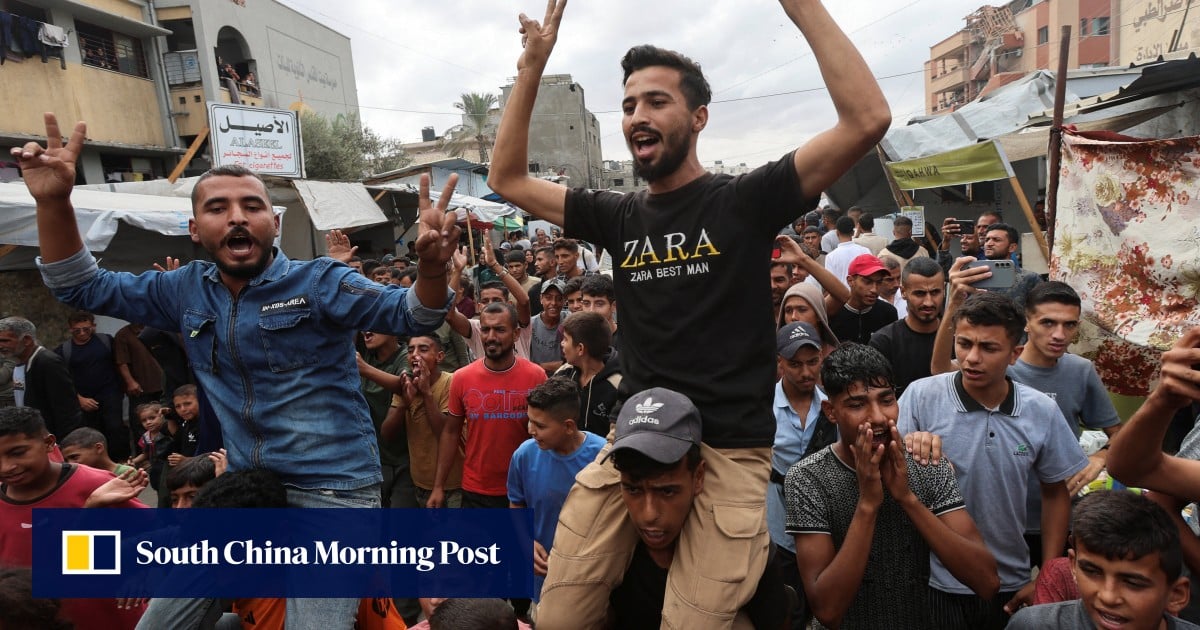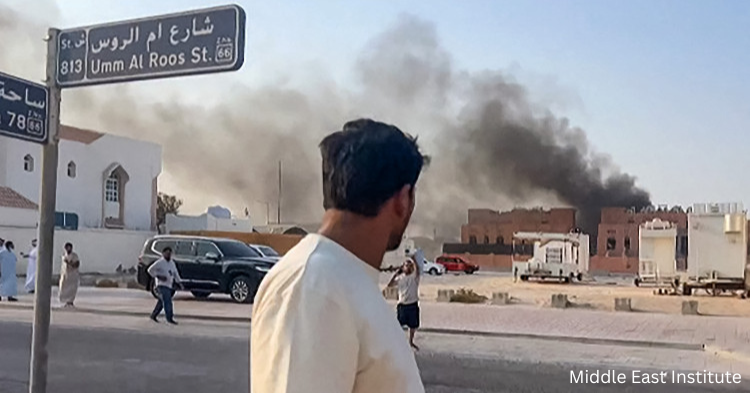In a significant diplomatic and security-focused visit, U.S. Special Envoy to the Middle East Steve Witkoff traveled to Gaza on Saturday, just days before the scheduled release of hostages held by Hamas. A senior U.S. official confirmed the trip to CBS News, noting that the visit was brief but critical to the coordination of efforts designed to stabilize the region in the wake of recent hostilities.
Witkoff was accompanied by U.S. Central Command (CENTCOM) Commander Adm. Brad Cooper. Cooper is spearheading efforts to establish a civil-military coordination center that will support the stabilization force slated for deployment in Gaza. The visit underscores the United States’ ongoing role in ensuring the success of the ceasefire between Israel and Hamas, which recently took effect and has been a cornerstone of President Donald Trump’s broader Middle East peace initiative.
The Purpose of the Visit
According to CENTCOM Commander Cooper, the purpose of the visit was multifaceted. In a social media post, Cooper stated: "America's sons and daughters are answering the call to deliver peace in the Middle East in support of the Commander-in-Chief's direction in his historic moment." This statement reflects both the strategic and symbolic importance of the U.S. presence in Gaza at this critical juncture.
The visit was also timed to coincide with preparations for the arrival of Israeli hostages who are expected to be released from Hamas custody. Witkoff’s presence highlights the United States’ active role in overseeing both security measures and humanitarian coordination as part of the ceasefire agreement. The U.S. aims to ensure that all processes related to the hostages’ release, as well as the deployment of stabilization forces, are executed smoothly and in full compliance with the peace plan.
Stabilization Force and Security Oversight
President Trump’s 20-point Middle East peace plan outlines the establishment of a stabilization force in Gaza, supported by the United States and a coalition of Arab states. This temporary force is tasked with maintaining security in the region, particularly in areas most affected by recent conflict.
One of the key objectives of the stabilization force is to train "vetted Palestinian Police forces," in collaboration with Jordan and Egypt. This measure is designed to strengthen local law enforcement capabilities while providing a credible, neutral security presence during the early stages of reconstruction and humanitarian aid delivery. By combining international oversight with local policing initiatives, the plan aims to prevent renewed hostilities and build trust among the population.
The civil-military coordination center, which Adm. Cooper is helping to establish, will serve as a central hub for these efforts. It will facilitate coordination between U.S. forces, regional partners, and Palestinian authorities, ensuring that resources and personnel are effectively deployed. The center is expected to be operational in parallel with the stabilization force, creating a structured framework for security, humanitarian aid, and governance support.
Humanitarian and Political Context
The visit comes at a sensitive moment. Gaza has been severely affected by recent hostilities, with infrastructure damaged, communities displaced, and humanitarian needs escalating. President Trump’s plan calls for the immediate provision of aid, alongside the establishment of security measures to protect both civilians and aid workers. The U.S.-led stabilization force is expected to play a key role in enabling safe access for humanitarian agencies, ensuring that food, water, and medical supplies reach those most in need.
The coordinated effort is not only a security initiative but also a political statement. By involving regional partners such as Jordan and Egypt, the plan emphasizes multilateral collaboration and demonstrates a commitment to inclusive solutions. The presence of U.S. officials on the ground signals international investment in the success of the ceasefire, hostages’ safe return, and long-term peace prospects.
The Ceasefire and Hostage Release
The visit by Witkoff and Cooper occurs shortly after the implementation of a 72-hour ceasefire between Israel and Hamas. As part of this agreement, Hamas is expected to release remaining hostages, while Israel will release Palestinian prisoners in exchange. The ceasefire also includes provisions for immediate humanitarian aid to Gaza, addressing severe food shortages and other critical needs in the region.
U.S. involvement, particularly through Envoy Witkoff and CENTCOM leadership, ensures that both the security and humanitarian dimensions of the agreement are supported. This dual approach is intended to create conditions for a sustainable, phased implementation of President Trump’s broader peace plan, which includes not only immediate relief but also measures to stabilize Gaza politically and socially over the long term.
International and Regional Reactions
The visit has been closely watched by international observers and regional stakeholders. The deployment of a U.S.-backed stabilization force, combined with training for vetted Palestinian Police forces, represents a proactive effort to prevent renewed violence and build a foundation for lasting peace. Regional partners have expressed cautious optimism, recognizing the potential of structured security and humanitarian coordination to mitigate tensions and support reconstruction efforts.
While challenges remain, including ensuring compliance with the ceasefire and facilitating the safe release of hostages, the visit demonstrates the United States’ commitment to both immediate and long-term solutions in Gaza. Analysts suggest that the coordination of military, political, and humanitarian resources is a critical step in reducing uncertainty and creating opportunities for dialogue and reconstruction.
Looking Ahead
As Gaza prepares for the arrival of released hostages and begins receiving aid, the stabilization force and civil-military coordination center will play a pivotal role in maintaining security and supporting local governance. The success of these initiatives will likely influence the broader trajectory of the Middle East peace plan, demonstrating whether multilateral, U.S.-led interventions can foster meaningful and sustainable outcomes.
In the coming days, international attention will remain focused on Gaza, monitoring both the immediate success of the hostage release and the operational effectiveness of the stabilization force. For the people of Gaza, this represents a moment of cautious hope: an opportunity for relief, reconstruction, and the possibility of enduring peace after years of conflict.




.png)

.png)

.png)